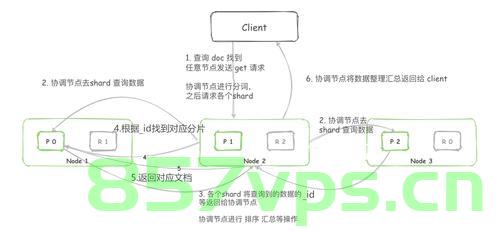温馨提示:这篇文章已超过463天没有更新,请注意相关的内容是否还可用!
摘要:,,本文介绍了搜索引擎ElasticSearch的Java API系列内容。作为架构师必备技能之一,ElasticSearch的Java API使用广泛。本文详细阐述了如何使用Java API进行ElasticSearch的基本操作,如索引创建、数据检索等。通过本文的学习,读者可以更好地理解ElasticSearch在搜索引擎领域的应用,并能够在实践中灵活使用Java API进行高效搜索操作。
SpringBoot整合ES

一、搭建SpringBoot工程并引入ElasticSearch相关依赖
1、在SpringBoot工程中,需要引入ElasticSearch的相关依赖,以下是Maven坐标的示例:
<!-- Elasticsearch client -->
<dependency>
<groupId>org.elasticsearch.client</groupId>
<artifactId>elasticsearch-rest-high-level-client</artifactId>
<version>7.4.0</version>
</dependency>
<dependency>
<groupId>org.elasticsearch.client</groupId>
<artifactId>elasticsearch-rest-client</artifactId>
<version>7.4.0</version>
</dependency>
<dependency>
<groupId>org.elasticsearch</groupId>
<artifactId>elasticsearch</artifactId>
<version>7.4.0</version>
</dependency>2、可以使用以下代码片段测试ElasticSearch的配置是否成功:

二、ElasticSearchConfig.java配置
配置ElasticSearch的客户端,以下是ElasticSearchConfig类的示例代码:
import org.springframework.boot.context.properties.ConfigurationProperties; import org.springframework.context.annotation.Bean; import org.springframework.context.annotation.Configuration; import org.elasticsearch.client.RestClient; import org.elasticsearch.client.RestHighLevelClient; import org.elasticsearch.common.settings.Settings; import java.net.HttpHost; import java.util.Collections; import javax.annotation.Nullable; import org.elasticsearch.client.RestClientBuilder; import org.elasticsearch.client.RestClientBuilders; import org.elasticsearch.client.RestClientResponseListener; import org.elasticsearch.client.RestClientResponseException; import org.elasticsearch.client.RestClientResponseFailureHandler; import org.elasticsearch.client.RestClientResponseFailureListener; import org.elasticsearch.client.*; // 其他必要的导入语句...省略了其他导入语句,请根据实际情况添加,public class ElasticSearchConfig {private String host;private int port;public String getHost() {return host;}public void setHost(String host) {this.host = host;}public int getPort() {return port;}public void setPort(int port) {this.port = port;}@Beanpublic RestHighLevelClient client(){return new RestHighLevelClient(RestClientBuilders.<HttpHost, RestClientBuilderListener>.builder(new HttpHost(host, port, "http")));}@Testpublic void contextLoads() {RestHighLevelClient client = new RestHighLevelClient(/创建客户端实例 */);System.out.println(client);}// 其他配置代码...省略了其他配置代码,请根据实际情况添加。}```注意上述代码中的注释部分需要根据实际情况进行替换或删除,确保其他必要的导入语句已经添加,接下来是创建索引的相关操作,三、创建索引添加索引可以通过以下代码实现:使用客户端对象获取操作索引的对象,然后创建索引并设置映射关系,示例代码如下:四、查询、删除、判断索引接下来,可以编写测试方法来执行查询索引、删除索引和判断索引是否存在的操作,示例代码如下:五、添加文档添加文档可以使用map作为数据,也可以使用对象作为数据,示例代码如下:六、修改、查询、删除文档修改文档、根据id查询文档和删除文档的操作可以通过相应的API实现,示例代码如下:以上就是SpringBoot整合ElasticSearch的基本操作,在实际应用中,还需要根据具体需求进行更多的配置和操作,希望以上内容对您有所帮助!由于代码片段较多,我在此仅提供了大致的框架和关键代码片段,具体实现细节可能需要根据您的项目需求进行调整和完善。
文章版权声明:除非注明,否则均为VPS857原创文章,转载或复制请以超链接形式并注明出处。






还没有评论,来说两句吧...